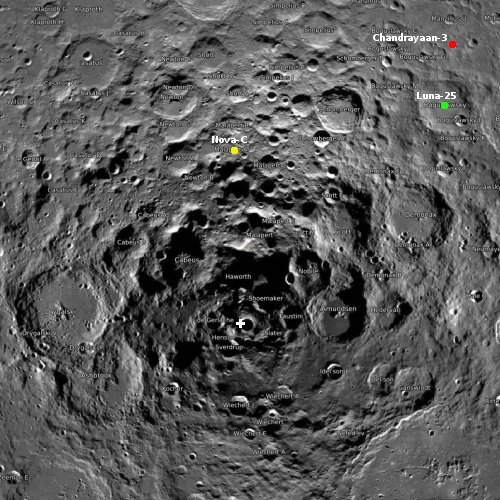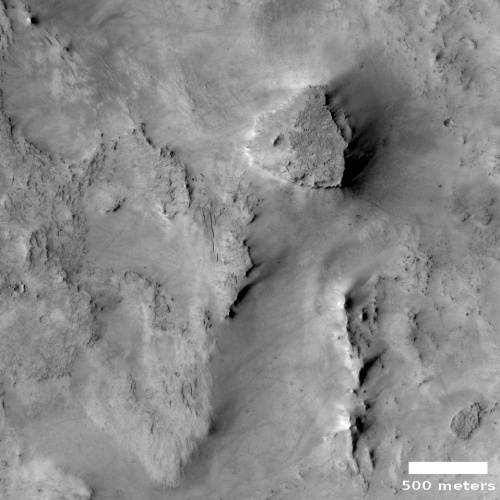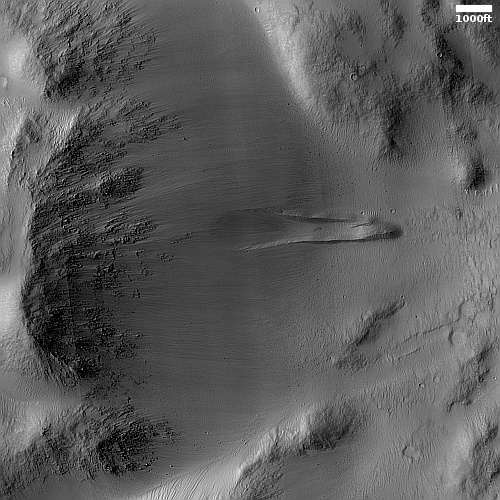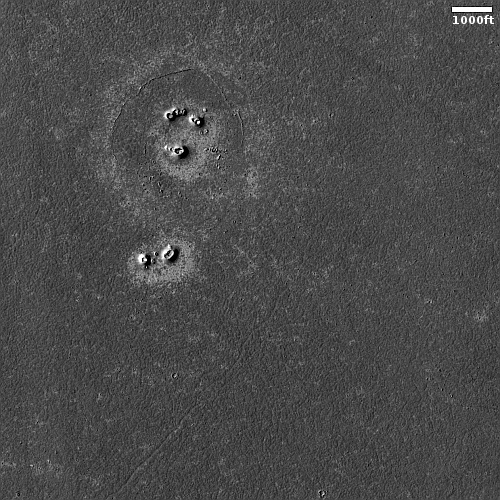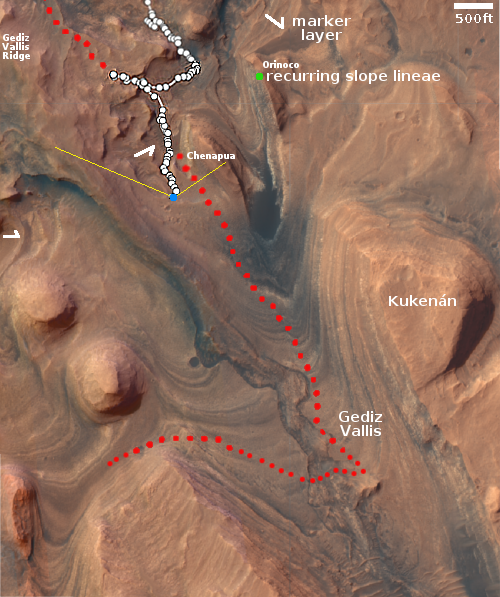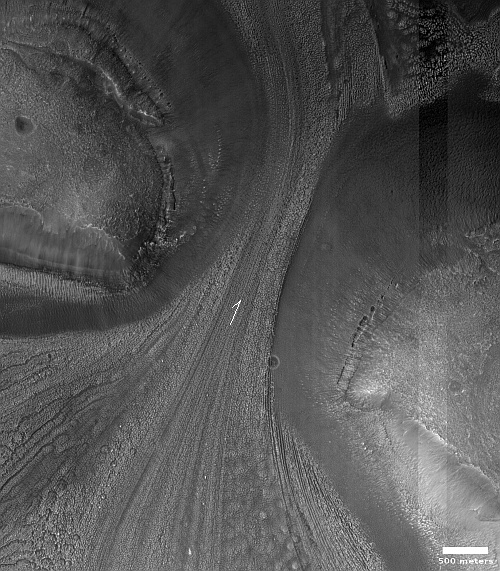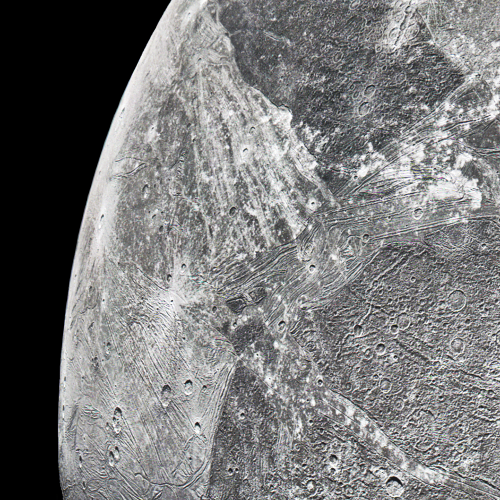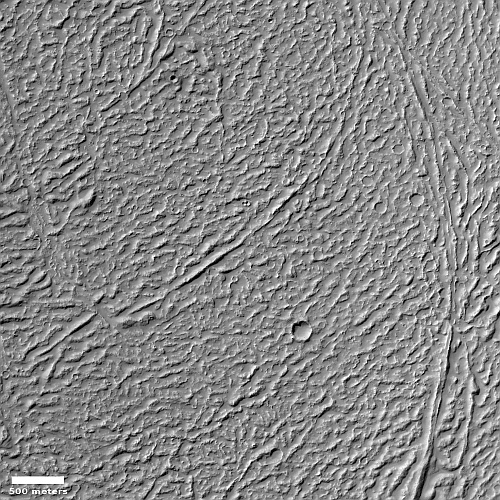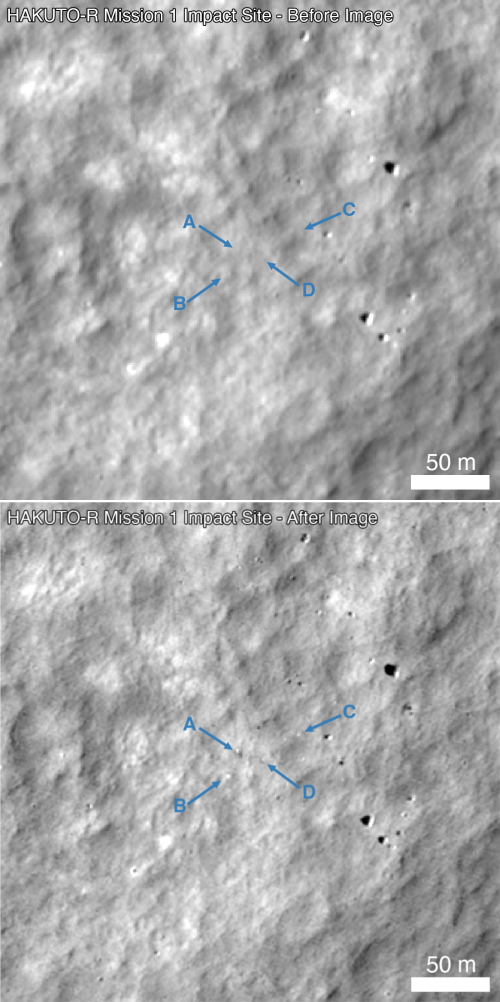NASA: Psyche asteroid mission now targeting October ’23 launch
A report [pdf] from NASA on the steps taken by JPL to get the Psyche asteroid mission back on track after it failed to meet its launch date last fall says those steps are working, and the spacecraft should now succeed in meeting its new October ’23 launch date.
Both the report and today’s press release are filled with vague PR blather interspersed with complementing JPL for addressing the issues, including hiring about a dozen more people to get the main software issue that had prevented last year’s launch solved. I noticed one point however that was not mentioned clearly in the press release nor had been made clear in the earlier investigation report that today’s newly released report labels as “COVID-19 Related” issues.
The return to majority in-person work has made a tremendous difference in restoring visibility and informal communications across the project. Drop-in meetings, social coffee hours, off-site intensives, and individuals “walking the floor” have improved team interaction, problem-solving, efficiency, and trust. The team is also making judicious use of remote and hybrid access options as appropriate to ensure flexibility while not compromising their collaboration.
In other words, the panic over Wuhan had so restricted in-person contact at JPL that it had hampered the project’s development. Based on the vague language used to describe almost everything else mentioned in this new report, it appears that this issue more than anything else contributed the launch delay. Not surprisingly, no one at NASA, JPL, Caltech, or in the government wishes to make this admission bluntly. It would illustrate once again the foolishness of the lockdown policies imposed during the panic by the government and academia.
A report [pdf] from NASA on the steps taken by JPL to get the Psyche asteroid mission back on track after it failed to meet its launch date last fall says those steps are working, and the spacecraft should now succeed in meeting its new October ’23 launch date.
Both the report and today’s press release are filled with vague PR blather interspersed with complementing JPL for addressing the issues, including hiring about a dozen more people to get the main software issue that had prevented last year’s launch solved. I noticed one point however that was not mentioned clearly in the press release nor had been made clear in the earlier investigation report that today’s newly released report labels as “COVID-19 Related” issues.
The return to majority in-person work has made a tremendous difference in restoring visibility and informal communications across the project. Drop-in meetings, social coffee hours, off-site intensives, and individuals “walking the floor” have improved team interaction, problem-solving, efficiency, and trust. The team is also making judicious use of remote and hybrid access options as appropriate to ensure flexibility while not compromising their collaboration.
In other words, the panic over Wuhan had so restricted in-person contact at JPL that it had hampered the project’s development. Based on the vague language used to describe almost everything else mentioned in this new report, it appears that this issue more than anything else contributed the launch delay. Not surprisingly, no one at NASA, JPL, Caltech, or in the government wishes to make this admission bluntly. It would illustrate once again the foolishness of the lockdown policies imposed during the panic by the government and academia.

